Global maritime domain awareness and vessel analysis
ReleasesLearn about our latest improvements
Arming research analysts with hidden clues to their maritime domain
Global maritime domain awareness and vessel analysis
ReleasesLearn about our latest improvements
Arming research analysts with hidden clues to their maritime domain
Opening the hold doors: a look at how surveillance can effectively reduce IUU fishing
Panel summary · 20 March 2023 · 8 minute read
With the foundations of international collaboration, transparency, and technology, fisheries surveillance can influence the entire supply chain and improve national and food security.
The three-letter acronym IUU holds a web of complexity and this was discussed during the IUU fishing surveillance panel at the Economist Impact 2nd World Ocean Summit Asia-Pacific. Panel members and presenters included World Trade Organisation, Australian Fisheries Management Authority, India National Fisheries Development Board, Global Fishing Watch, and Starboard.
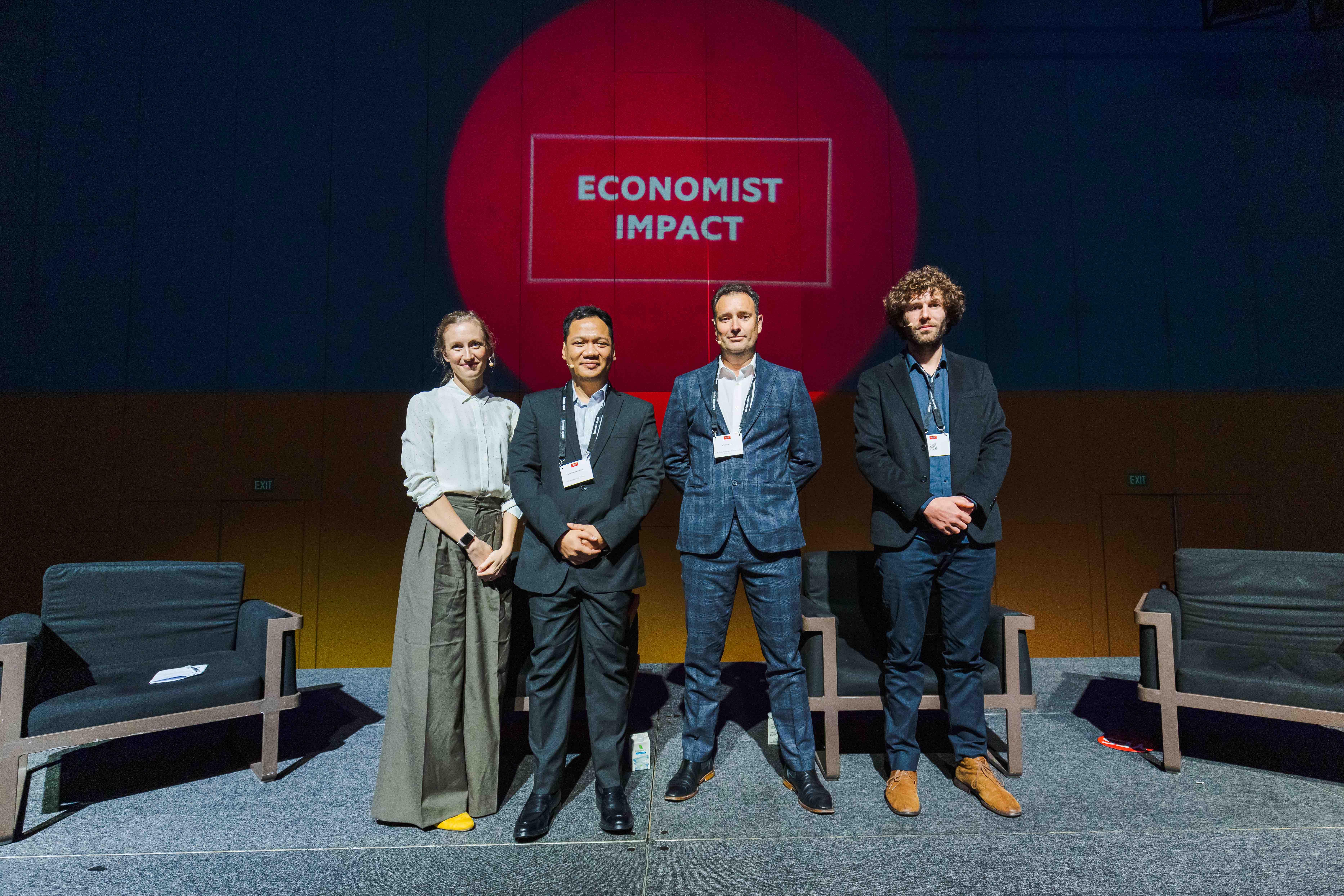
The moderator and in-person speakers from the panel: Gillian Parker, Senior Manager, Policy and Insights Economist Impact; Paolo Domondon, Chief Programme Officer, Global Fishing Watch (GFW); Wez Norris Chief Executive, Australian Fisheries Management Authority (AFMA); and Andy Hovey Chief Product Officer, Starboard Maritime Intelligence
“There’s a big variance across the globe between illegal which is essentially fishing without the appropriate license, and unreported where the vessel is licenced, but the landed catch varies from what is reported,” said Andy Hovey, Chief Product Officer for Starboard Maritime Intelligence. “Then there are unregulated areas where it may not be well managed or monitored.”
Each of these activities involves different behaviours and the prevalence of IUU fishing varies across the globe. “The behaviours and issues that our customers are looking for really vary depending on the area. For example, the challenges in the Pacific are different to those in West Africa,“ adds Andy.
Around maritime boundary disputes it’s hard for parties to agree on what is illegal because what is illegal to one, is perfectly legal to another. “But that doesn’t change the fact that a basic increase to the level of scrutiny will result in better practices,” says Wez Norris, Chief Executive of the Australian Fisheries Management Authority. “Greater transparency of what’s going on and efforts to increase maritime domain awareness really will pay dividends later on.”
There were three clear themes during the session. Transparency, collaboration, and technology. You could be forgiven for seeing these as the standard multilateral buzzwords when considering the ocean and our planet’s health. But the speakers grounded these concepts with illustrations and examples of how they relate to fisheries. For example, how the transparent sharing of fisheries information across the Pacific, and strong collaboration between analysts, has consistently led to effective surveillance operations and on-water boardings.
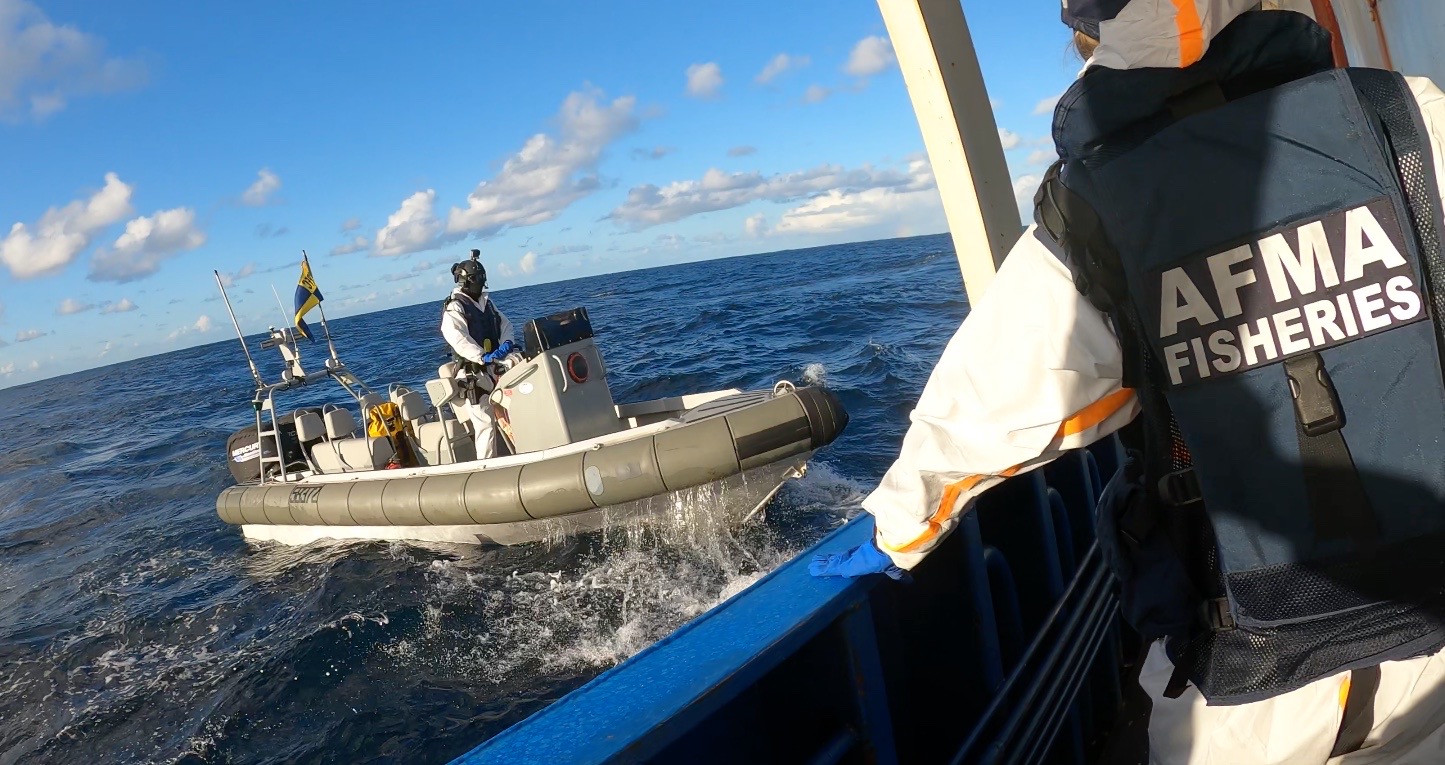
AFMA fisheries officers boarding vessels during Operation Nasse in 2021. Source: Australian Fisheries Management Authority
Transparency is the generator of accountability
The theme and value of transparency was articulated well by Paolo Domondon, Chief Program Officer, from Global Fishing Watch: “We will be able to help change the behaviours of individual vessels because of the deterrence effect, we will be able to help inform and influence policies because everybody is now seeing the data that’s being used to inform those policies and then we will also be able to have a common understanding globally, internationally, and regionally to be able to change systems.”
It was discussed that transparency is the only way to ensure that global compliance measures are enforced appropriately by different nations. “We as a global fisheries community are not very good at holding each other to account,” says Wez. “We negotiate all these conventions and resolutions and measures, and many of them have compliance mechanisms in place, but we’re not very good at implementing them in a way that has a meaningful constraint on untoward behaviours. That’s what that second round of negotiations [for the WTO Agreement on Fisheries Subsidies] really needs to get into I think.”
Tightly linked to transparency but potentially subtly different in its execution is the need for data sharing between countries and even ocean regions. This data sharing is an area where underreporting, the largest concern for the Pacific, can be tackled.
| What does data sharing look like? Andy provided this example during the discussion: |
Imagine that you’re looking across the Pacific. There are tens of thousands of vessels, and thousands of fishing vessels. An expert analyst in the Marshall Islands, employing the tech available to them, identifies a vessel that has potentially deployed fishing equipment during a closed period. It is likely a fish aggregating device (FAD), and if so, this is illegal behaviour. They make a note on this vessel. Down the line that same fish carrier displays a movement that looks like it’s met another vessel, however this encounter does not line up with any reports of a transhipment–it may just be exchanging supplies or crew, but its earlier behaviour suggests it is worth a closer look. The vessel then turns up in Micronesia, its next port of call. The above activity has not happened in Micronesia’s EEZ but the interconnected and global nature of fishing means that the vessel is now being inspected in a Micronesian port. All this information needs to be catalogued against the vessel so when a fisheries inspector has this vessel in port they know what they’re looking for. Perhaps they take a look at the plotter and check the transhipment location. They can also compare that with the fish hold and check any temperature fluctuations which suggest undocumented transhipment. If required, they can follow up with the flag state and pursue prosecution. The above example is enabled by intergovernmental policies and data sharing and software that supports collaborative, real-time analysis. This kind of transparency, coupled with effective data management and analysis technologies can ultimately help reduce the behaviour. |
Technology from the private sector can support capacity building
Enter stage left…another buzzword…Big data. Both Andy and Wez mentioned it and they are not wrong when it comes to vessel activity in the oceans. Datasets are at a terabyte scale and growing every minute with 26,000 new position records.
This is one of the areas where collaboration between the private and civil sectors becomes important, says Wez, “particularly if you’re talking about a group of developing countries, there simply isn’t the resources to invest in blue sky research which may come to nothing or may come to an incredibly ground breaking solution.”
To make this work requires investment, trust building, and data sharing with private organisations. “Governments haven’t necessarily been very good at saying, okay here’s a private provider we’re going to give you all of our tracking data for the last 20 years, see what you can do with it please. I think it’s more about building relationships of trust,” says Wez.
Capacity building for technology is not just about big data though. It is about collaboration as well, and bringing together countries to create something of greater benefit than any individual organisation can do on its own.
“There is not a single government in the world, there is not a single NGO in the world, there is not a single part of the private sector in the world that can do this by themselves,” says Wez. “It really does have to be that collaborative effort through regional and sub-regional groupings, and like-minded partnerships, to get that critical mass and build capacity amongst a group, where it makes sense as opposed to everybody trying to build their own capacity.”
It is heartening to hear an example from Wez of exactly this kind of work already happening, “that’s been done really successfully in some parts of the world, the Pacific is a great example through the Pacific Islands Forum Fisheries Agency (FFA) where they have a single vessel register for all tuna vessels fishing in the region, a single vessel monitoring system, a centralised observer program, data collection and so on. Individually none of those 17 countries could have achieved that by themselves.”
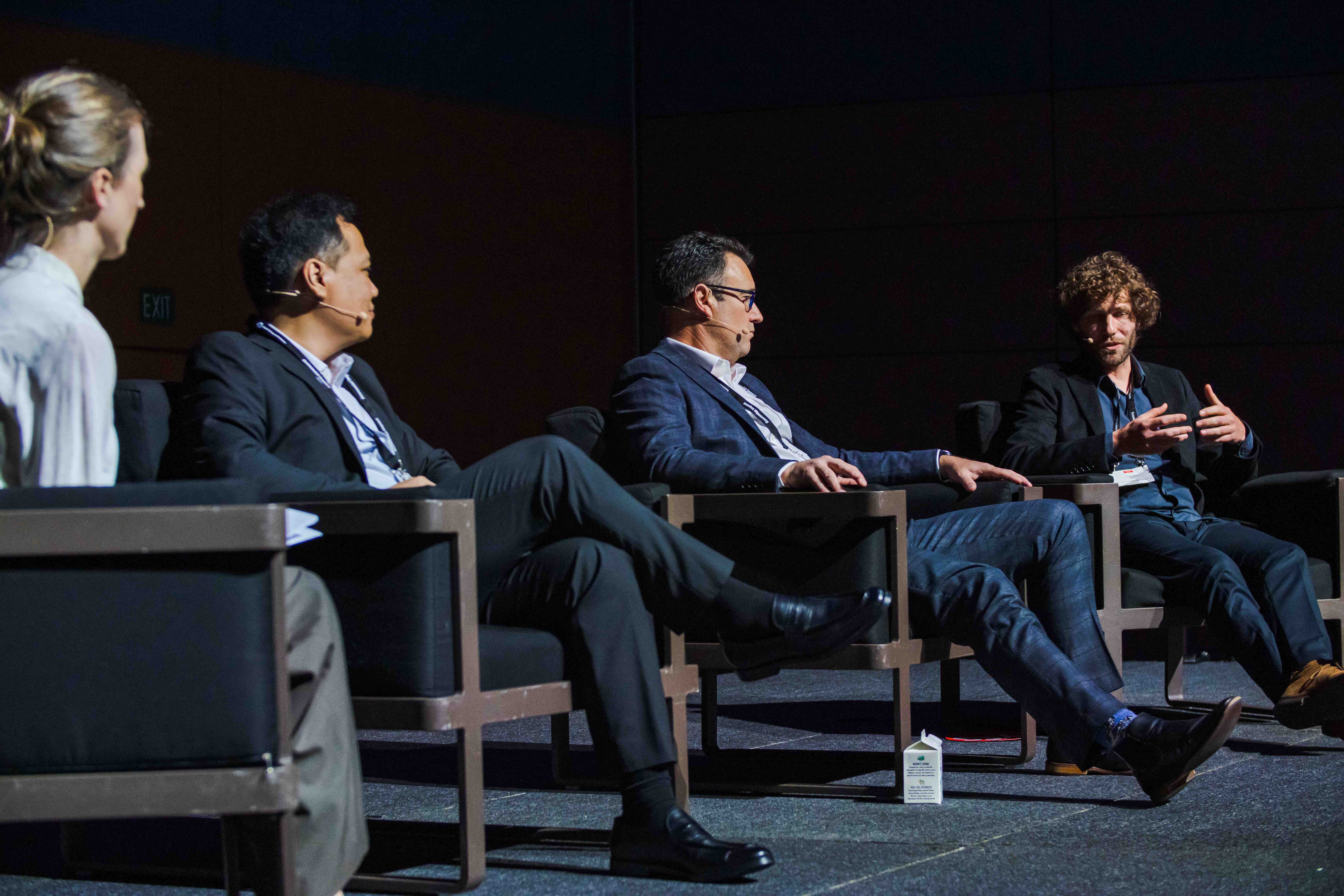
The panel answered questions from both Gillian and the audience during the 50 minute discussion.
There is far too much data for a human to make sense of though. “We need to deploy data science methods, employ cloud computing, and other things which enable you to go from this literally hundreds of thousands of vessels in the world, to identifying vessels that are doing either clearly illegal activity, if it’s unlicensed, or activity that’s worthy of following up,” says Andy. “It is about helping analysts and nations direct what are inevitably limited resources to focus on vessels and activities that do actually matter.”
A question from the audience about satellite based vessel detection rounds out the conversation on technology for IUU fisheries surveillance.
| Q. Satellite based data has been used to support the monitoring of fishing vessels. But, I see that there seems to be some conflicting or a mixed assessment of that path. Can you comment on whether this data has been effectively used to eliminate IUU fishing? |
“I think that mixed success is a good way to describe it. There absolutely has been some good success, particularly in combination with assets either in the air or on the water. Using satellites to their advantage of being able to cover a large area of the ocean and help direct a limited number of assets to priority areas, is a good way to work with satellite technology. Particularly in support of operations to reduce IUU fishing. Satellite technology is rapidly growing with the number of satellites increasing and their resolution improving. This means we can cover more of the earth more frequently, and detect smaller boats. But the real benefits still come in combination with an operational setting, where you’re using it in support of enforcement assets.” - says Andy |
Collaboration needs to include retailers and transparency needs to influence consumers
Outside of the more obvious collaborations between governments, the fishing industry, and the private technology sector other players also need to care about and be influenced by surveillance and transparency in fisheries.
Wez challenged the retail industry to get more involved. “I’ve worked in the Western Central Pacific Fisheries Commission and the International Commission for the Conservation of Atlantic Tuna; so the Indian Ocean, Atlantic Ocean and Central Pacific,” says Wez. “You have delegations from each country they come along and they consist of government and the fishing industry and one really key component that I haven’t seen represented at many of those is the retail industry.”
Retail is important because they are the link back to the consumer, “in terms of traceability and what consumers expect, and what they will pay for,” says Wez.
Some retailers are making the move towards improving their supply chain understanding and transparency. Andy gave the example of Nestle who are rumoured to be working towards ensuring their pet food does not contain fish caught with the help of FADs.
But would greater transparency add more cost for consumers? The speakers felt that it definitely would because it is not just the large fleets that you need to understand the supply chain of, change has to go all the way down to the small operators. There is also concern that on a low value, high volume product it can be much more difficult because the profit margins are already really low.
Compounding this the panel members did not feel that consumers are willing, or in many cases able, to absorb these extra costs.
When you also consider the role of IUU fishing and subsidies you start to unpick that the natural balance of supply and demand is not operating in the fisheries industry. This in turn means that consumers don’t really understand the true cost of seafood and they certainly are not driving enough pressure on the industry to turn the screws on this issue.
Andy felt that this is where, “the work that Global Fishing Watch is doing is fantastic,” for both the commercial sector and the consumers in driving that transparency and in turn demand. It is an important role that NGOs play in this space.
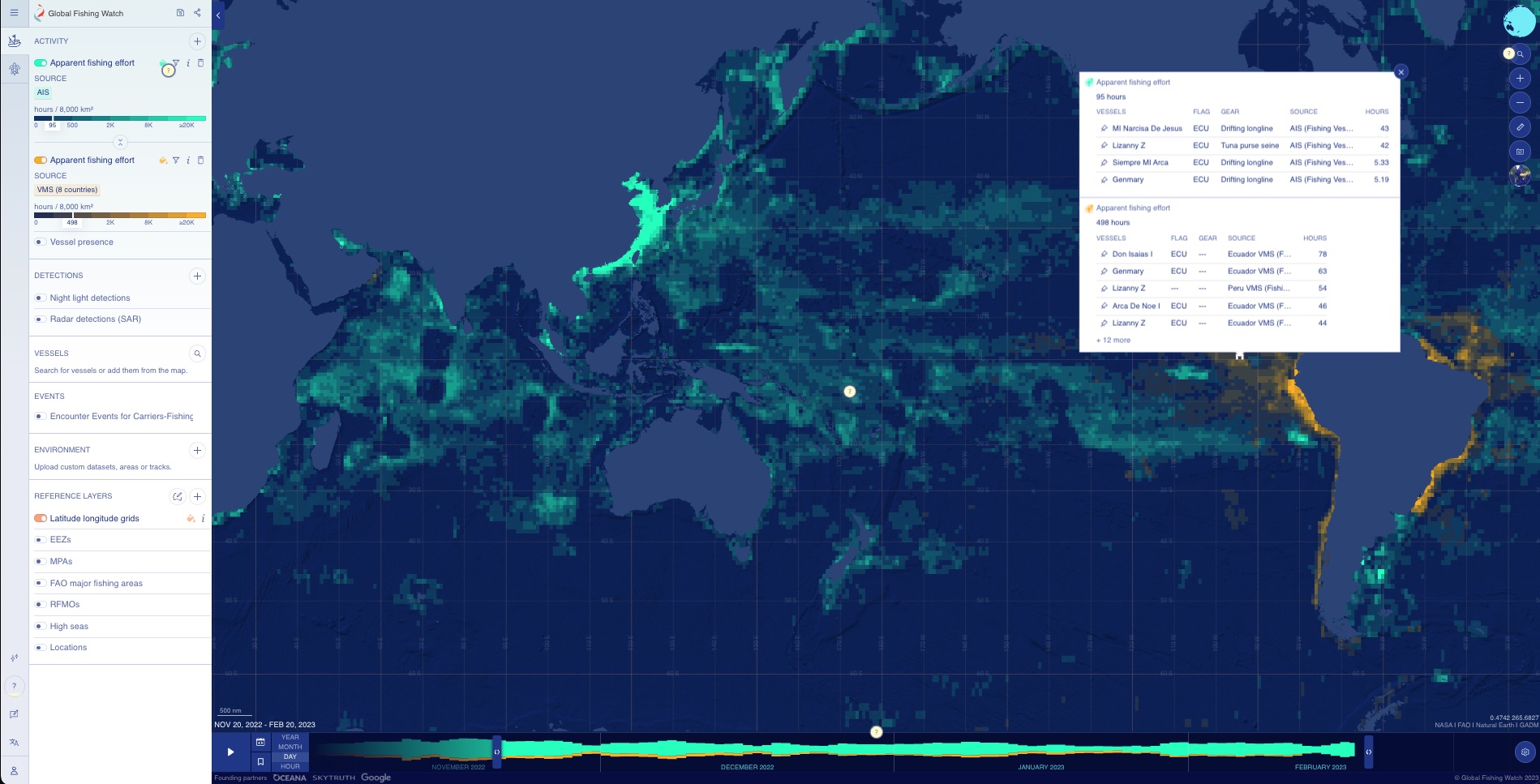
Global Fishing Watch provides fishing effort on a global scale from multiple data sources. The information is publicly available and can be viewed at the individual vessel level with a 72 hour delay for the privacy and security of fishers.
Keeping ahead of the changing nature of national security
One of the big topics being discussed was why are fisheries seen as a key security threat?
Wez shared his perspective that nothing has really changed in fisheries and it was more about the way that governments view the broad construct of security. “Elements that have always been important in the past, but aren’t necessarily in that traditional view of border protection and sovereignty protection are growing in importance–food security, resource security, economic security, and information security,” says Wez. “Fisheries is an industry that goes across all of those elements, it’s important to all of those, that’s why it is of growing importance to the security construct.”
Food security is central to much of this and was something that Santiago Wells from the World Trade Organisation (WTO) touched on during his pre-recorded opening message about the agreement on fisheries subsidies. The dramatic deterioration in global fish stocks is of, “grave consequence to millions of people around the world whose livelihoods and food security depend on fishing,” says Santiago. The new agreement will stop subsidies for IUU fishing, prohibit subsidies for fishing stocks that are already overfished and prohibit subsidies for fishing in the unregulated high seas.
Adding to the challenge are sovereignty and boundary disputes, “what one country views as illegal fishing another country views as domestic fishing,” says Wez.
The undercurrents of the security situation were brought to life when a passionate member of the audience questioned the Indian National Fisheries Development Board speaker about what role they are playing to stop fishing in the Sri Lankan EEZ.
When questioned about illegal fishing from Chinese fishing fleets, the discussion circled back to recognising that “we tend to talk about IUU fishing as though it is just one thing–there is an illegal fishing industry and they are out there doing the wrong thing,” says Wez. The reality is far more complex, “we do need to recognise that almost all legitimate fishing fleets suffer from IUU. There is under reporting in most fishing fleets around the world. It’s not simply a case of being able to look at a fleet and say that’s an IUU fleet and that’s a good fleet.”
7 key messages from the session:
- The three components of IUU fishing require different approaches for surveillance and the presence of illegal, unreported, or unregulated fishing varies by region.
- Surveillance is a key component of tackling IUU fishing but without transparency driving accountability it won’t have the impact needed.
- Data sharing between countries requires policy and technology to work. Shared insights on a vessel’s information, history, and behaviour can help uncover potential IUU activity.
- All players in the supply chain including the fishing industry, retailers, and consumers need to get involved–transparency can support this.
- As concern for food security–and other border security issues–increases, fisheries are seen as a greater security threat.
- Satellite based vessel detections have had mixed success but as the industry grows this is set to improve. However, it is still essential that aerial and on the water assets are used in conjunction with satellites.
- As part of collaboration, capacity building has always been important, the role that technology and the private sector can play is to increase the tools available and support cross regional efforts.
View the full panel recording→
Get a demo
Get a demo to learn more about Starboard.
Read More
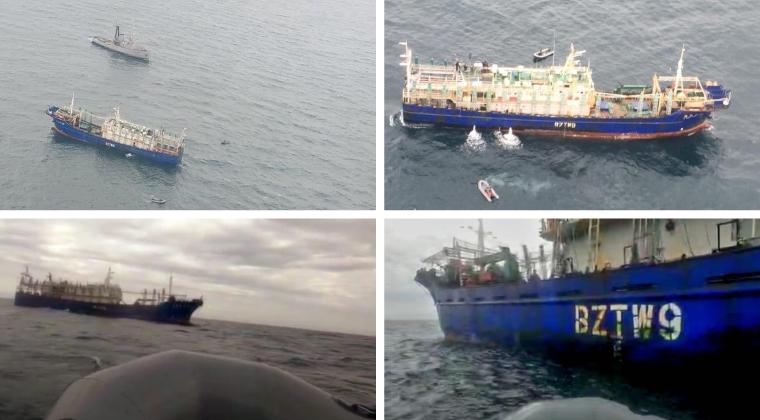
CUSTOMER CASE STUDY
Sabina Goldaracena is a custodian of the South West Atlantic maritime domain. She connects the clues in her investigations, uncovers hidden activity and works towards transparency by sharing her stories.
Read case study →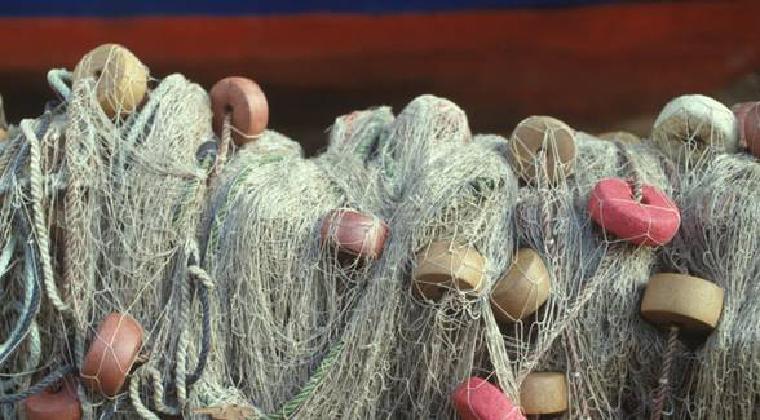
CASE STUDY
Evolving technology and the increasing number of satellites mean that satellite sensors are quickly closing the surveillance gap for large ocean areas.
Read case study →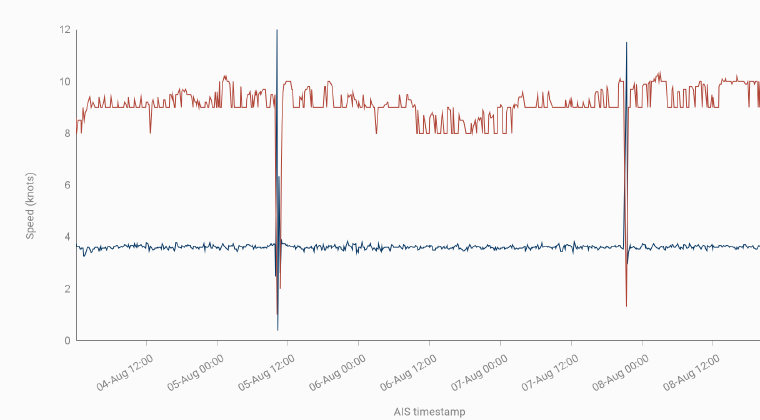
CASE STUDY
Amongst the millions of ship positions, how can we find movements that are not normal? How can we find anomalous movements leading to the discovery of vessels that might be noteworthy and need further investigation?
Read case study →